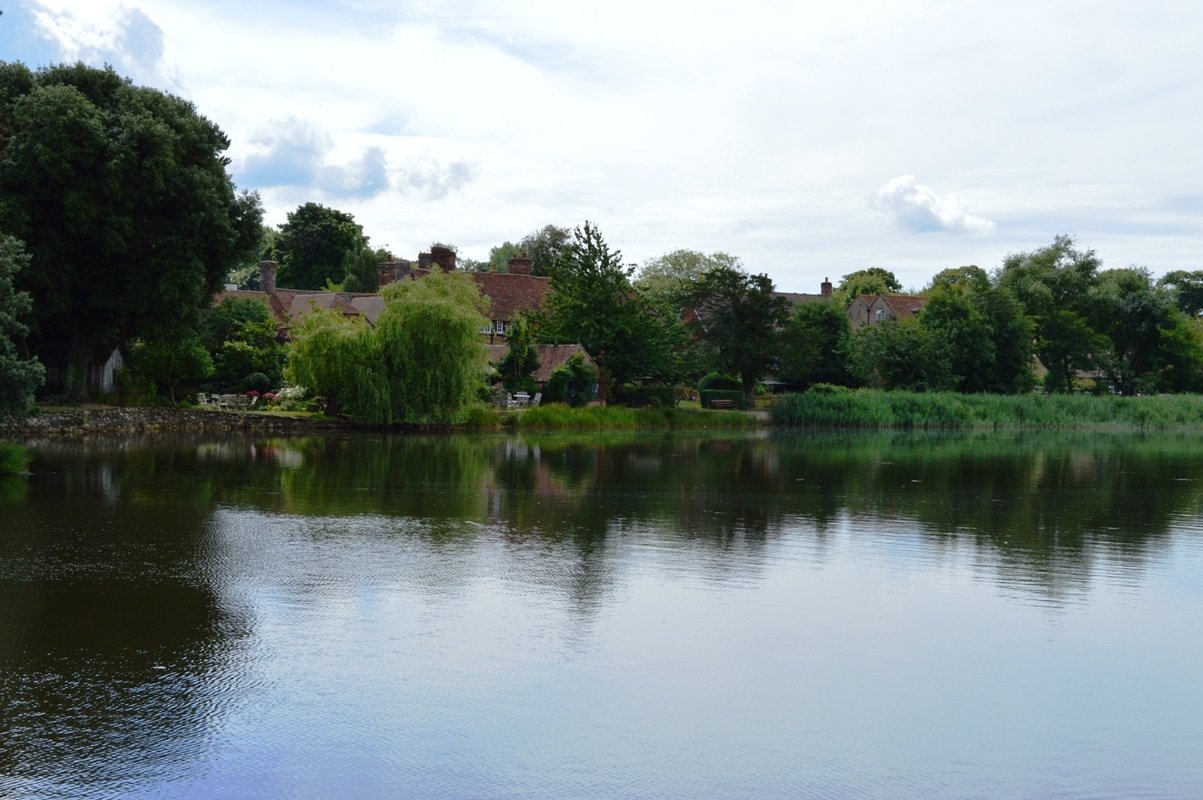
Walking can be a quick two minute dash to the bus stop, a 15 minute stroll around the road with your dog, or an afternoon along the clifftops. It can serve the purely practical purpose of getting us where we need to be. Or it can be much more. It can have both physical and health benefits. Centuries ago, walking could be a form of pilgrimage, and even today, it remains a form of meditation for many. Historic pilgrimage trails serve as the basis of many modern long-distance walks, including the one we’re looking at today: the Wexford-Pembrokeshire Pilgrim Way.

The Wexford-Pembrokeshire Pilgrim Way is an ancient pathway that was once used by pilgrims travelling between Ireland and Wales. This newly-restored scenic route provides an unforgettable journey, passing through some of the most stunning landscapes and historical sites in both countries. For those looking for a unique way to explore southwest Ireland and Wales, and experience the beauty of nature, this pilgrim way is a must-see.
Linking Wexford and Pembrokeshire
For early Christians, a pilgrimage to a holy site was a time of importance, allowing for religious reflection, but also for a certain amount of merriment (albeit tempered by the occasion) along the way. Geoffrey Chaucer’s “The Canterbury Tales” offers a wonderful insight into the colourful characters who might participate in such a pilgrimage.
The pilgrim way connects the monastery as Ferns, Co. Wexford to St. David’s Cathedral in Wales. It is a little more unusual in that it includes a sea voyage in the middle. However, it still allows time for walking at either end of the journey.
The pilgrimage honors the connection between the Welsh patron saint, St. David, and St Aidan of Ireland (also known as St. Mogue or St. Máedóc of Ferns). In the sixth century, Aidan traveled to Wales to study under the tutelage of David. While in Wales, he was appointed beekeeper of David’s hives. According to local legend, the bees became so attached to him that, when he returned to Ireland, the bees followed. They established new hives at Ferns, where Aidan founded a monastery. Later, David would visit Aidan in Wexford, and thus the two established a connection between the sites.

Restoring the Wexford-Pembrokeshire Pilgrim Way
The British Pilgrimage Trust seeks to ‘advance British pilgrimage as a form of cultural heritage that promotes holistic wellbeing, for the public benefit.’ The trust provides free access to a network of more than 250 routes throughout Britain, as well as a catalogue of low-cost pilgrim accommodations in churches, church halls, local hostels, and bothies. The BPT has partnered with several other organizations to undertake restoration work along the ancient pathway. Once the restoration work is complete, walkers will be able to follow in the footsteps of St. David and St. Aidan on a marked trail linking the two sacred sites.
Walking the full trail will take approximately 9 days, including 5 in Wexford and 4 in Pembrokeshire. Along the way, hikers can rediscover tales of the sites along the way.
Guy Hayward, director of the British Pilgrimage Trust, said, “We are in the early stage of this long-term project, but our team have already created a compelling route that bridges both sides of the Celtic Sea. It adds further levels of meaning to Pembrokeshire’s already world-class coastal path, and several cultural heritage sites bring walking through County Wexford to life – this is a pilgrim walk which many will enjoy and value for generations.”
The Route

The pilgrim way begins in the ancient Irish regional capital of Ferns, County Wexford. It then heads to the coast at Rosslare. A ferry provides the crossing to Fishguard in Wales, from where the journey can be continued to St. Davids. The route is about 162 miles (260km) in all, including the crossing of the Irish Sea.
Iain Tweedale is former head of online broadcasting at BBC Wales, a director of Journeying, (one of the partner organisations behind the route), and a member of the steering group for the new route. He explains, “It is hoped the extra visitors will boost local businesses during quieter times of the year. We’ve got a five-year plan to make this quite a significant path. We expect within five years that there’s going to be around 4,000-5,000 on the path every year.”
Points of Interest
In addition to the sweeping sea views and the coastline’s abundance of nature, there are various points of interest to see along the way. These include:
- Ferns Abbey
- Ferns Castle
- St. Mogue’s Well
- House of Stories, Oulart
- Forth Mountain
- Strumble Head
- St. Non’s Well
- St. David’s Cathedral



